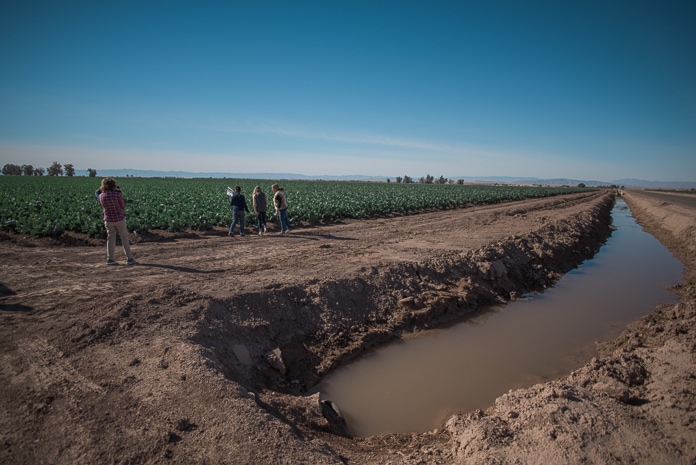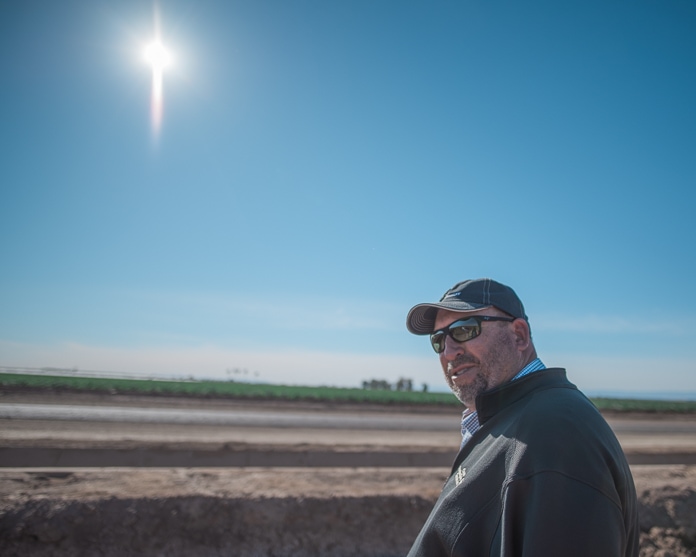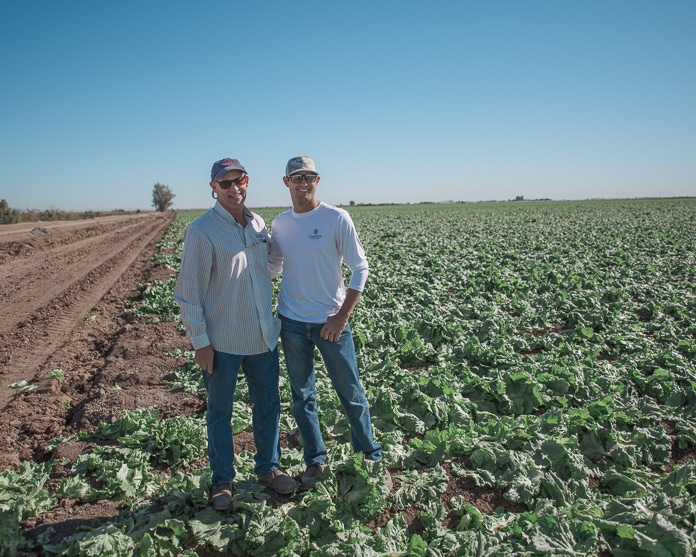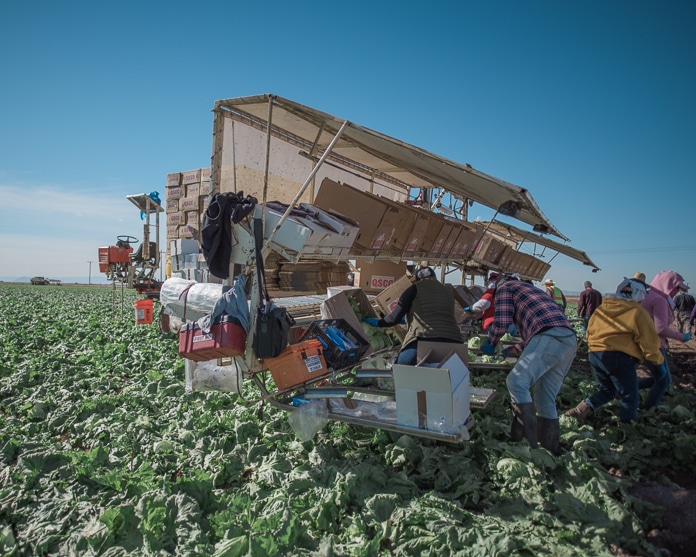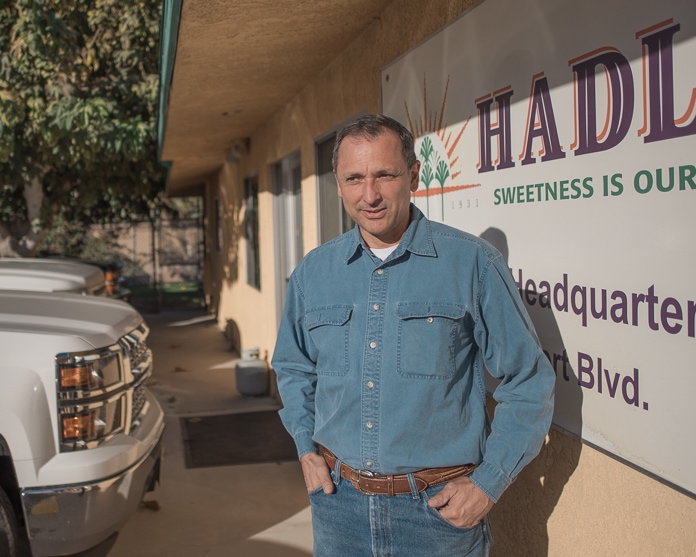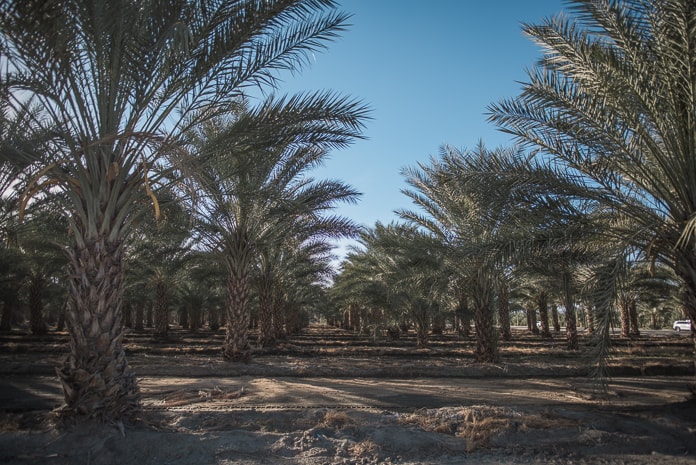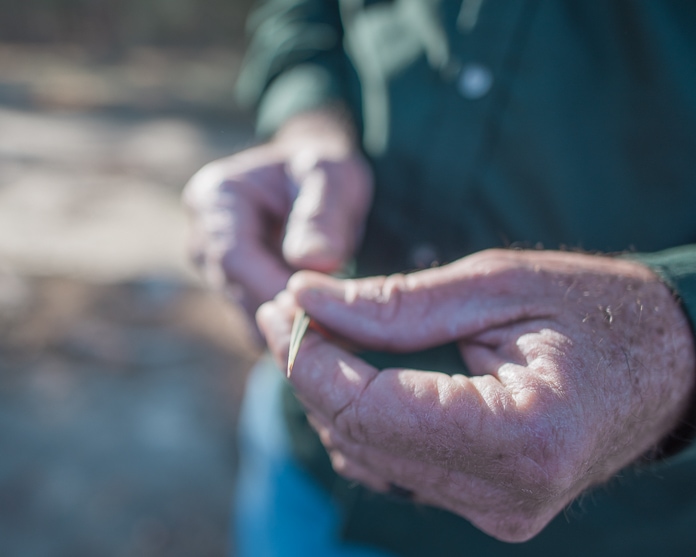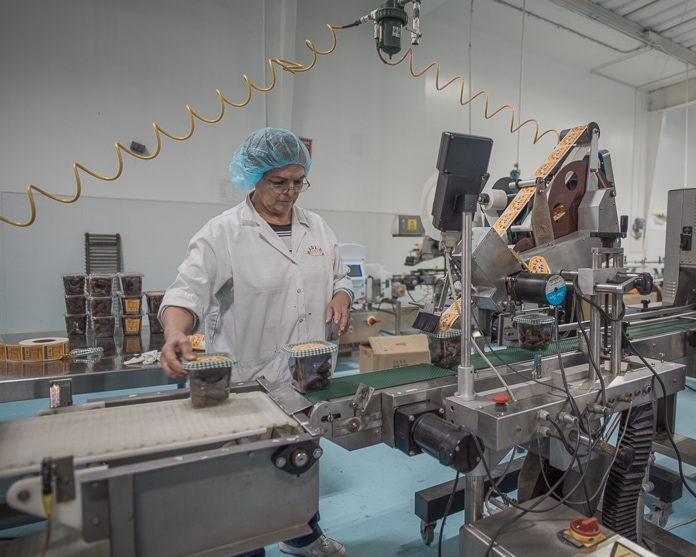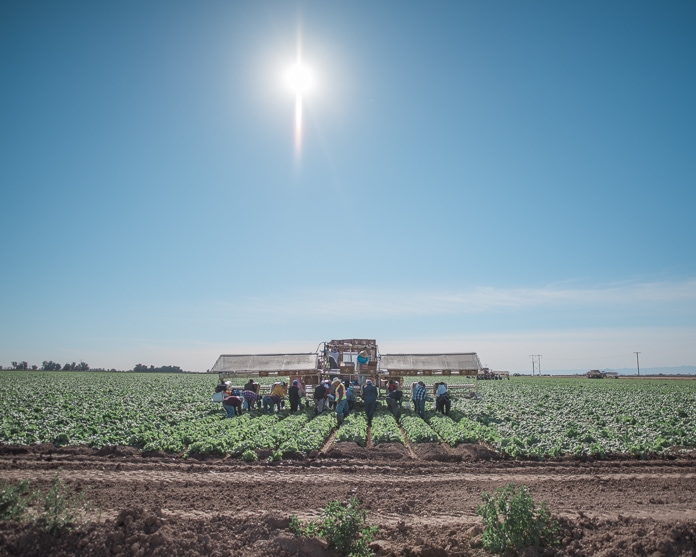I've received a couple messages on Instagram lately asking what my DEAL is with farmers. “Are you a farm family?” one curious follower asked. “I've noticed you post pictures of goats and tractors, but you also travel a bunch soooo I'm wondering how that works.” It's true that my love of homesteading and my love of travel are in direct competition with one another. Such is life when you're the daughter of a flight attendant and grew up in a farming neighborhood!
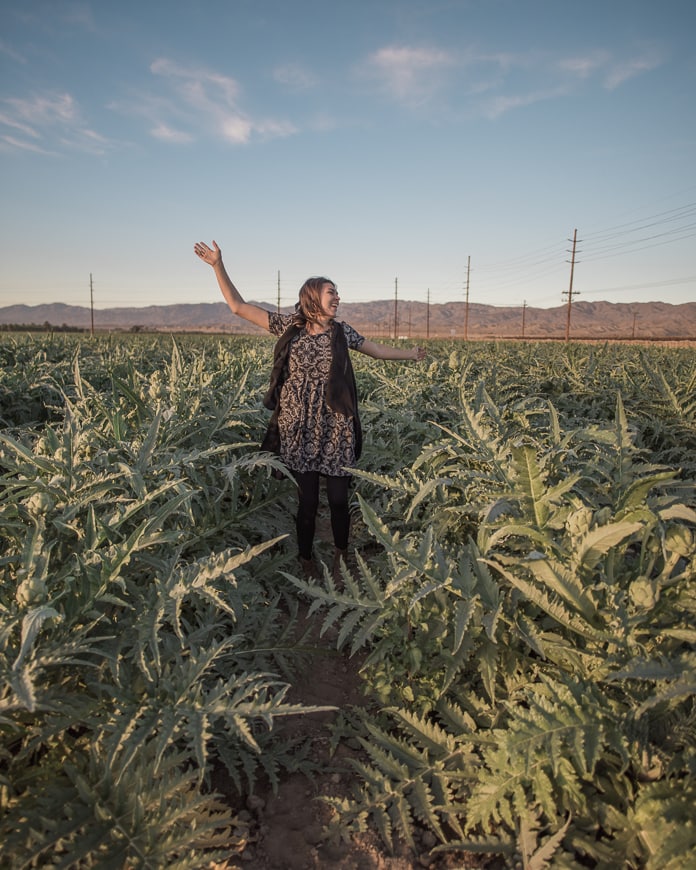
As a kid, when my mom would get stuck on a long layover and I was left with my stepdad, I'd invariably sneak out the basement door and tiptoe down the sprawling hill to the little yellow house below us. My neighbor, Rich, was too old to bend down and get into the crevices of the strawberries and pumpkins, so that was my job. I'd pull the weeds into a little burlap sack as he scooted along behind me on all fours, belly bolstered just off the ground by a hefty wheeled cart. His family was a train wreck like my own, and we found a certain kinship in our escapes to the garden. The man didn't say much at all, but I learned my life's most important lesson from him on days when our refrigerator was worryingly empty. He'd show up on our back porch with arms full of snap peas, cherries and rhubarb, and he'd leave as abruptly as he appeared.
He taught me empathy.
Nowadays, Nate and I own a small farm in the hills of rural San Diego. We have goats, sheep and chickens along with some absurdly easy crops. The whole thing basically manages itself, with the in-laws checking in on stuff every couple days when we travel. I miss that farmerly advice, so I join farm tours whenever brands invite me along. The latest was a jaunt through Imperial and Coachella Valley with our sponsor California Farm Water Coalition, who we've toured Fresno farms with in the past. Here are a few things I learned on our recent trip.
Expect the unexpected.
We stopped first at Jack Brothers, where they explained the volatility of farming. This time of year, the entire nation's winter vegetables are coming out of the Imperial Valley because of their warm conditions. A tragedy here means that the rest of the country goes without these crops – and right now, that possibility is looming. The weather has been unusually warm in California this time of year, so crops are popping up three weeks ahead of time and messing up everyone's schedule. They do what they can to work with nature, but most farmers carry insurance to offset years when they experience big losses.
Optimize everything.
Over at Lawrence Cox Ranches, the harvest is picked and packed in the fields as opposed to packing off-site. The father-son team tells me that this competitive atmosphere means they need to rely on advancing technology to cut costs whenever possible. Within 10 years they'll cool crops in the field using portable chillers, to cut out another stop. All these efforts extend shelf life, but also eliminate jobs – a trend that's been impacting the farming community as a whole.
Value the people you rely on.
Not all can be done without human hands, though. Worker crews come over from Mexico and wander from field to field, picking the harvest at its peak and negotiating with each farmer individually to ensure that they have steady work. Delays and gaps in crops can be hard on the workers and the farmers alike, as the crews are forced to move on to wherever they can keep busy. The Jack Brothers crew tells me they often pay out to keep good workers around, because the constant shuffle of people is difficult to manage. “These crops here,” the farmer says, picking up a small head of broccoli, “The market isn't favorable for them right now so it costs us just as much to pick and pack as what we'll earn from them – or close to it. I'll go ahead and pay good crews to harvest at a loss so they stick around until our next crop's ready.”
The personal is political.
Hadley Dates in Coachella has a novel solution to the crew employment situation. The company is vertically-integrated, meaning that they do all the growth, packaging and shipping themselves. They have employees year-round as opposed to hiring out crews. That ensures more expertise and stability. The average age of their workers is pushing 50, though, and with the physical demands of carrying tall ladders to pick the top of the trees…it's becoming a growing problem for the company. With new, stifling immigration laws, there's nobody to replace them and the sad fact is that US employees simply don't want these jobs.
There are riches in niches.
The date cycle is all year long, with one crop being harvested per season and a break conveniently falling between Christmas and New Years. Each date palm here produces twice the global average production of a typical date tree, which leads to higher income from the top to the bottom. The workers get a per-piece rate, which shakes out to $20-40/hour. They are in control of how much they make, which is massively appealing in this industry. Internationally, we have the highest wages for agriculture due to our excellent management of resources.
It's certainly not easy, though. In farming date palms, the workers have to wear safety glasses and belts to deftly trim the sharp thorns off the trees and climb tall ladders to get to the very top. Date palms have to be hand-pollinated, hand-thinned and weighted properly. These are extremely skilled workers, with the expectation that they each manage roughly 1200 trees annually at a rate of 40 per day.
It's also not a simple upstart business. Date trees take 5 years to grow and 12 years before they produce mature fruit, with each tree living up to 80 years. Dates have become massively popular in recent years, and California agriculture faces pressures from the outside as well as the inside. Foreign competition is on the rise from countries that don't have such stringent regulations. Whatever does well here, everyone wants a piece of. Albert Keck, the President of Hadley Date Gardens, alludes to the glory and the pain involved in being intimately tied to one crop. “The actual farming is exciting, but the bureaucracy is exhausting. The story of California development is that this land was all lush growing land before any of it formed into cities. Farmers flocked here to grow food for the rest of the country in the winter, and the Colorado River was the supply…until we outgrew our infrastructure.”
Follow the money.
What caused the volatility in the first place? The Salton Sea, created by a massive leak in the Colorado River Dam in 1905, caused this region to become a huge farming oasis. Residents flocked in and came to rely on that water source, which was refilled over time with agricultural run-off and water shuttling. Birds and critters were drawn to it, and a challenging battle emerged with efforts to maintain the space while being mindful of those animals and the health of the residents. With the current drought and extreme heat, salinity is rising, water is receding, and shoreline exposure is causing air quality issues. There are a ton of elderly people here with lung capacity problems and soaring rates of asthma.
Programs for growers incentivize them to become more efficient with their water use. Some of that conserved water goes to urban areas in a water exchange program that was a concession from the valley in order to get the state of California to step up and figure out wetland projects and long-term solutions. It's not a cut-and-dry trade-off, though, as water bonds come down to a vote. California state residents don't come here to see the problem first-hand. On top of that, it's very hard to get politicians in Sacramento to understand the severity of the issue when they have other things to contend with such as raging wildfires and clogged freeways – not to mention thousands of lobbyist concerns that are bolstered by well-funded backers.
Bureaucracy rages on and the little desert oasis that feeds the nation is in peril.
Learn to find joy in the little things.
We ended our tour day visiting a farmer who specializes in Brussels sprouts and artichokes (two crops I would totally choose if I were to go into the farming business!). He reminded me of my childhood friend, Rich. When pressed, he didn't have a ton of commentary to offer about the political situation, instead choosing to focus on the fruits of his labor. He picked up a long stalk of Brussels sprouts and talked about the ups and downs of growing this particular crop. Then he plucked an artichoke off the plant and deftly pulled back its leaves, explaining that one should look for lean, pointy artichokes at the store as opposed to ones that have opened and become bushier-looking. He shared that the very best way to serve an artichoke is to place it upside-down (stem up) in a steamer basket with lemon, then turn it right-side up, stuff red peppers in between the leaves and roast it just a bit. “They look like Christmas trees!” he said with a big grin. “I make a bunch for the neighbors every year, they really get a kick out of it.”
I smiled back and teared up just a little before responding earnestly, “I would sure love to be your neighbor.”
Wanna learn more about California farmers? My friend Jill from Sandy Toes and Popsicles was on the tour with me and wrote a really good post talking about the details of farm life and the harvesting process!
